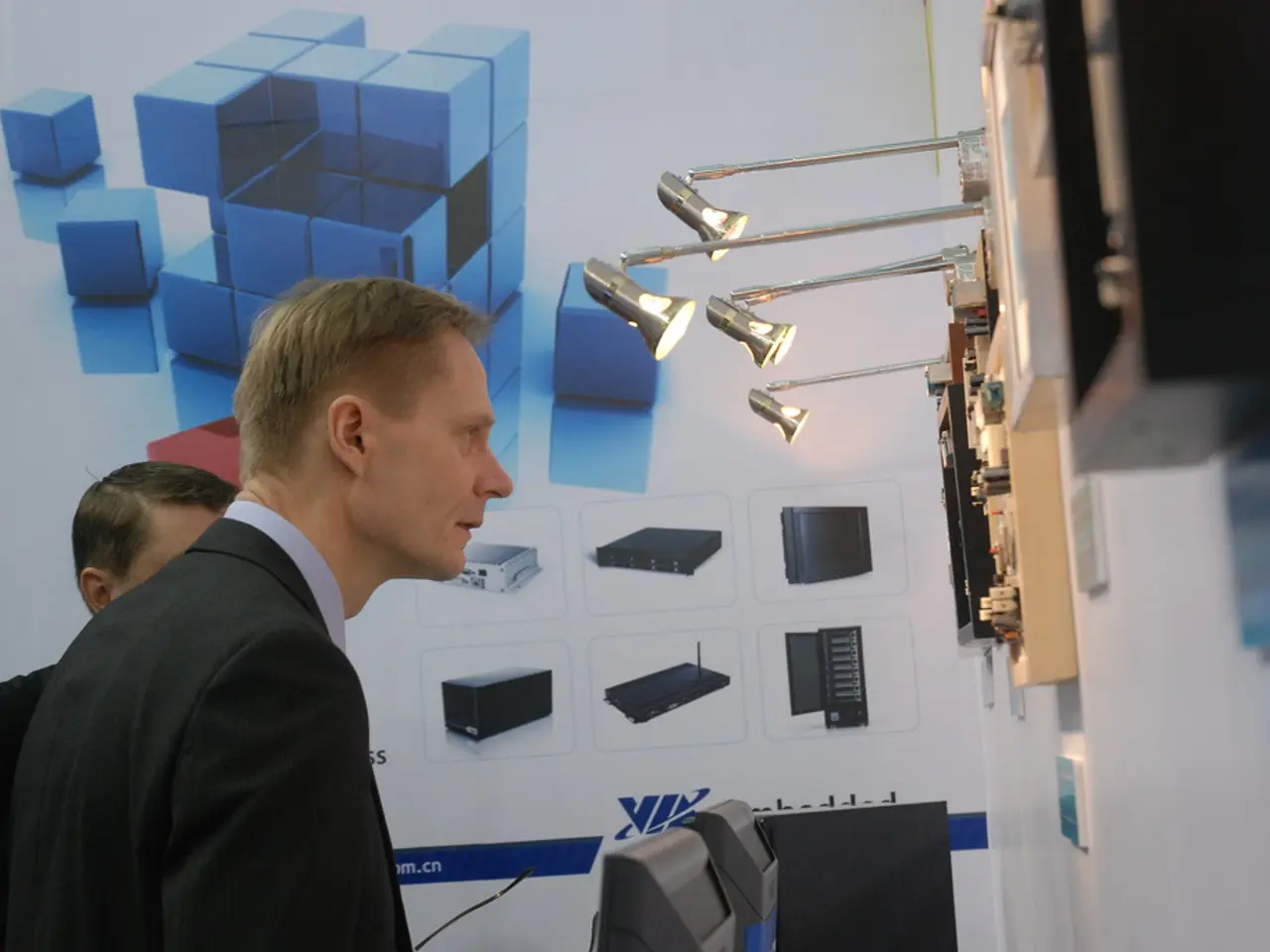Zimbabwe's Department of Foreign Affairs receives approval to provide Starlink satellite internet services
In a significant move, the Postal and Telecommunications Regulatory Authority of Zimbabwe (POTRAZ) has given the green light for DFA Zimbabwe and Frampol to offer Starlink's satellite internet services, marking a turning point in the country's digital landscape.
This authorization is set to significantly expand access to reliable and high-speed internet connectivity for businesses across Zimbabwe. With Starlink, DFA Zimbabwe can empower these businesses with the critical tools they need to thrive in the digital age.
Simon Chimutsotso, CEO of DFA Zimbabwe, expressed his excitement about bringing Starlink to businesses across the country, stating, "Our mission is to provide cutting-edge connectivity solutions and bridge the digital divide in Zimbabwe." Tongai Tanhara, the CCO of DFA Zimbabwe, echoed this sentiment, expressing his enthusiasm about offering Starlink's innovative technology to the Zimbabwean market.
DFA Zimbabwe's authorization as a Starlink reseller empowers them to distribute Starlink's groundbreaking technology, which offers unparalleled global coverage, reaching even remote and underserved regions in Zimbabwe. Businesses in these locations, often crucial for economic development, have been hampered by limited connectivity options.
The combination of DFA Zimbabwe's existing fiber optic infrastructure and Starlink's satellite technology will create a robust and comprehensive communications network. DFA Zimbabwe will offer a comprehensive suite of Starlink solutions, including sales and installation, expert technical support, tailored solutions for businesses, competitive pricing, and flexible packages.
Interested businesses can contact DFA Zimbabwe for more information about their Starlink offerings at [email protected]. This presents a game-changing solution for Zimbabwe, where a significant portion of the population lacks access to reliable internet, particularly in rural areas and small towns.
The approval comes after a prolonged delay due to regulatory enforcement, political considerations, and infrastructural readiness. POTRAZ's cautious approach largely stemmed from concerns about spectrum management, infrastructure control, and ensuring local partnerships were in place before Starlink expanded operations.
The delay constrained business adoption and internet access, but recent approvals signal potential rapid improvements in connectivity infrastructure for Zimbabwean companies. With formal approval, Zimbabwean businesses now have the prospect of more reliable, low-cost, high-speed internet across the country, particularly benefiting rural enterprises that previously faced connectivity constraints.
This development is expected to have a profound impact on businesses in Zimbabwe, providing them with the opportunity to leverage improved connectivity for operations, communication, or digital services. The potential boost comes at a time when Zimbabwe is striving to foster economic growth and digital transformation.
Data-and-cloud-computing technology will likely play a significant role in the digital transformation of businesses in Zimbabwe, as DFA Zimbabwe plans to utilize Starlink's satellite technology to offer a comprehensive suite of solutions, including expert technical support, tailored business solutions, and competitive pricing, to empower local companies with the tools they need to thrive in the digital age. This development marks a turning point in Zimbabwe's digital landscape, as it extends reliable and high-speed internet connectivity, thanks to Starlink's innovative technology, even to remote and underserved regions.




